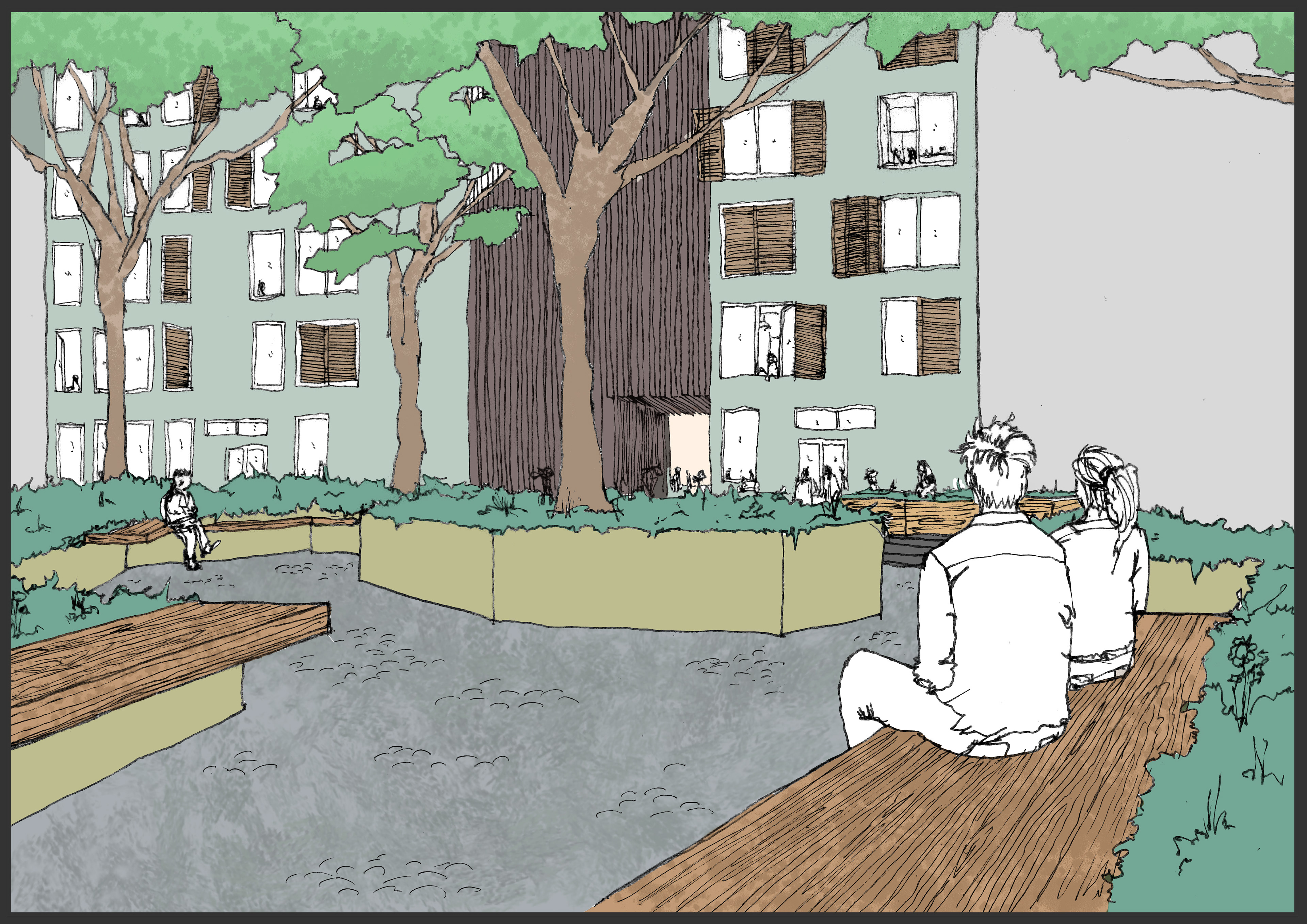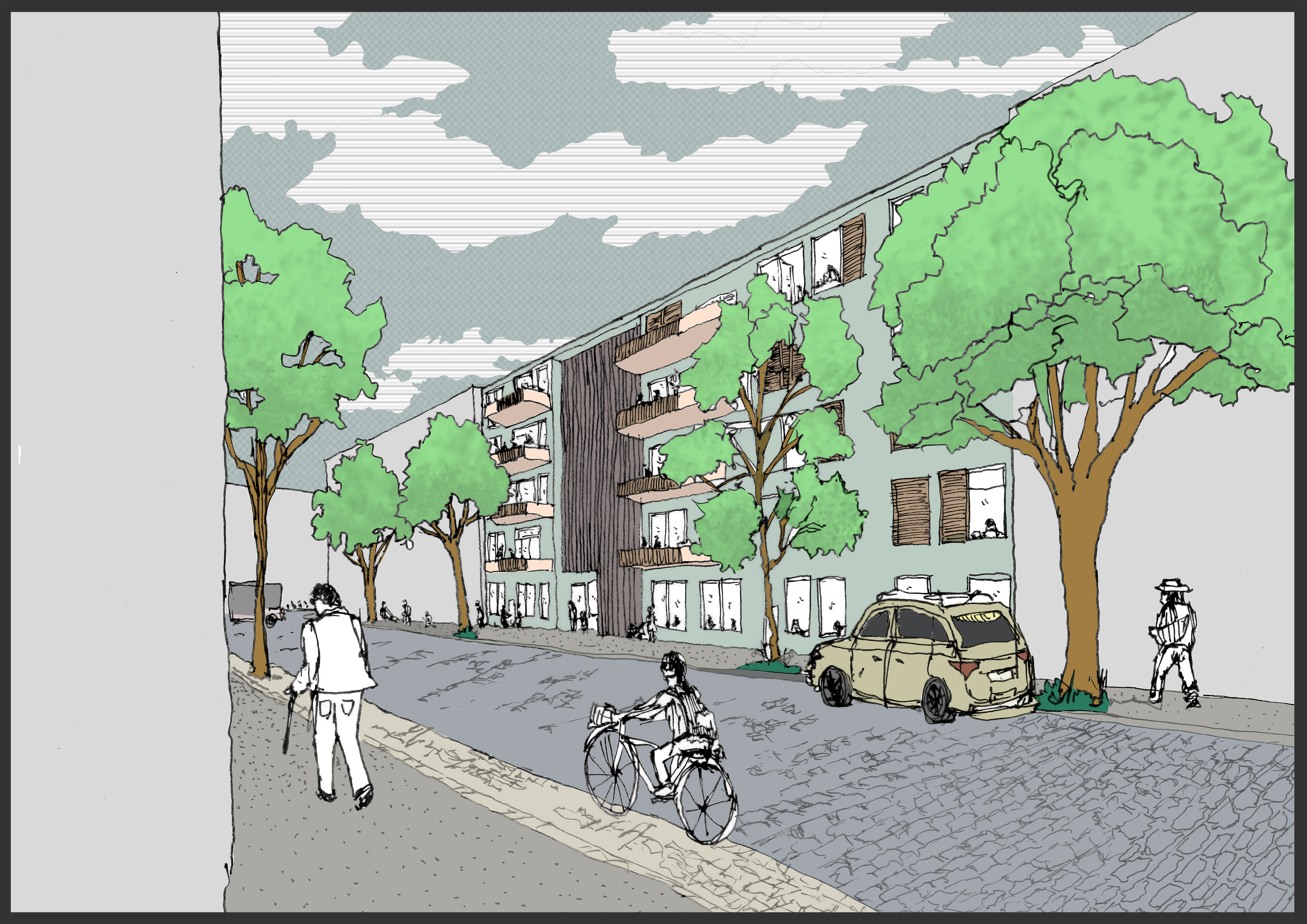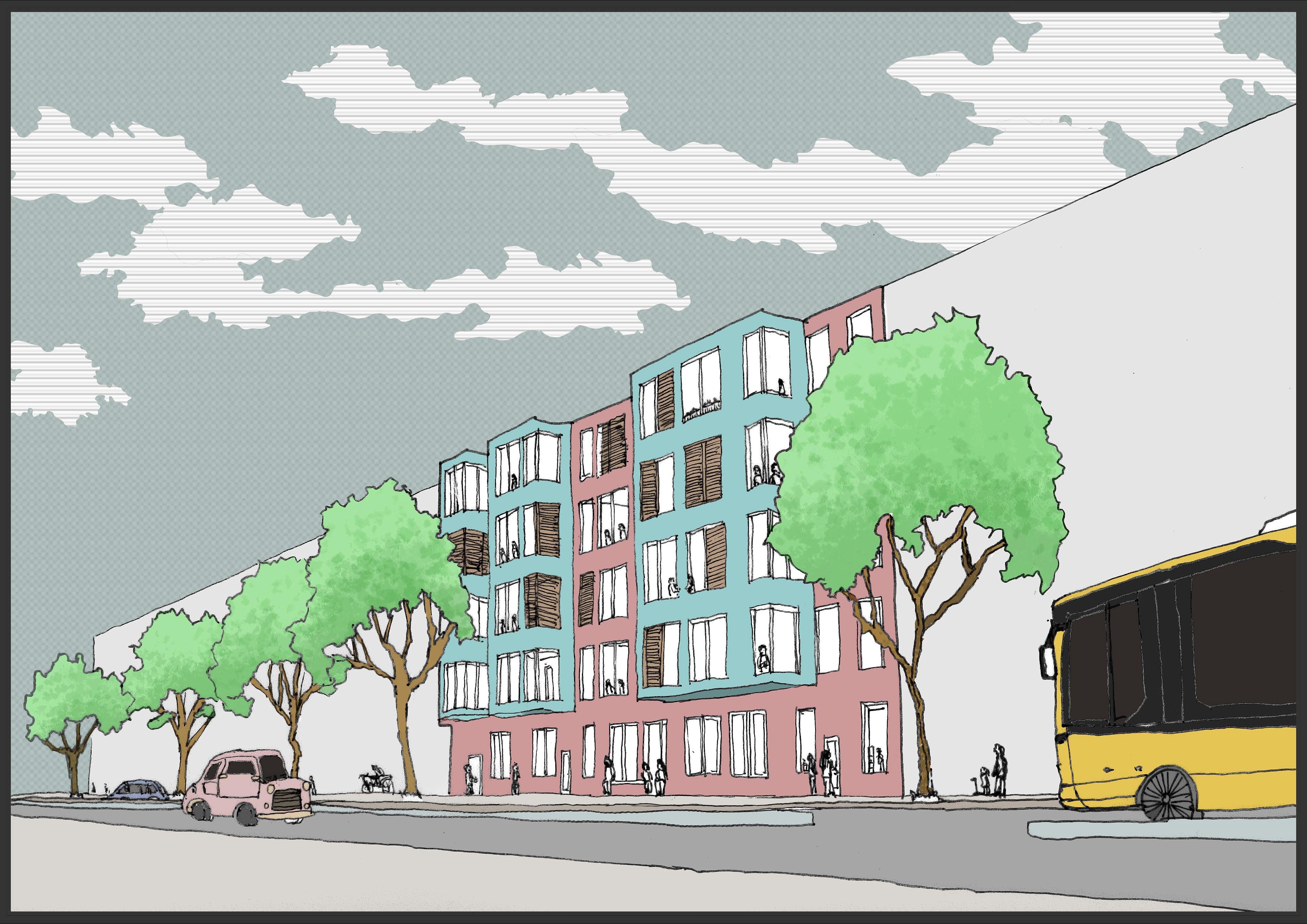


What is home? What does it mean to be “at home”, especially when one is far away from one’s ancestral home? Berlin is a city that has long been home to many diverse communities. Conversely, it is also been a place of segregation, loss, and displacement, where many have lost their home (and life) due to war, political division, and racism. With this history in mind, we will interrogate what it means to be “at home” in present-day Berlin, given the city’s shifting political and economic conditions that make it challenging to find a sense of home today. With the fall of the Berlin Wall in 1989 and the reunification of Germany in 1990, Berlin has once again become a symbol of hope and possibility. As a result, the city has experienced a surge of immigration from all over Europe, as well as other countries around the world. Berlin is now home to roughly 50,000 Syrians seeking asylum due to civil war in their country and 60,000 Ukrainians displaced by the Russo-Ukrainian War. Many are drawn by Berlin’s reputation as a tolerant, multicultural metropolis offering opportunities for growth and belonging. But as the city continues to grow, the need for affordable housing is on the rise. Housing prices have escalated exponentially over the last 15 years despite efforts by the city government, and many people have been forced to live further from the city center. Political sentiments have also become more polarized (or more overt) concerning immigration.


